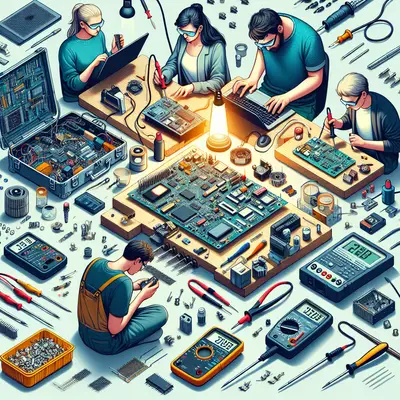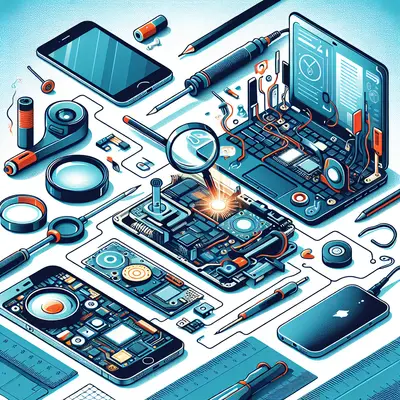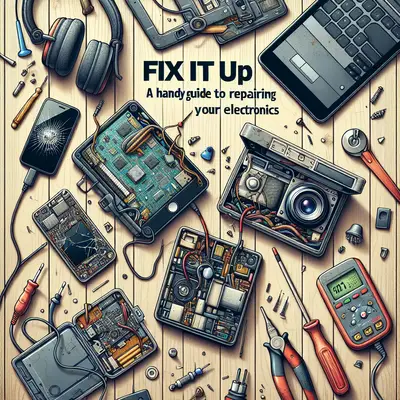This guide will provide you with five practical and effective tips for repairing your electronics. So, let's dive in and start getting those devices back in working order.
Safety First
Before you dive into repairing any electronic device, your safety is paramount. Always disconnect your device from any power source before you start working on it. Use the right tools for the job, and never try to force anything open. If you're unsure about anything, consult with a professional.
Understanding the Problem
To fix a problem, you first need to understand it. Use your device's manual or look up online resources to identify common issues with your particular device. Understanding the issue can help you decide whether it's a repair you can handle or if it's best left to professionals.
Get the Right Tools
You can't do a job properly without the right tools. For electronic repairs, these might include a set of screwdrivers, a multimeter for testing connections, soldering equipment for fixing broken circuits, and a magnifying glass for inspecting small components. Investing in quality tools will pay off in the long run.
Practice Soldering
Soldering is a fundamental skill for electronic repairs. It's used to create or repair connections in a circuit. If you're new to soldering, practice on some old electronics first to get the hang of it. Always remember to let the soldering iron fully heat before using it and be careful not to overheat the components.
Test Before Reassembling
Once you've made your repairs, it's crucial to test your device before you put it all back together. This can save you time and prevent further damage to your device. If the problem persists, it may be time to consult a professional.
Conclusion
Repairing your electronics can be a rewarding experience, and with these tips, you're well on your way to becoming a DIY repair expert. Always remember safety first, understand the problem, get the right tools, practice your soldering skills, and always test before reassembling. Happy repairing!



